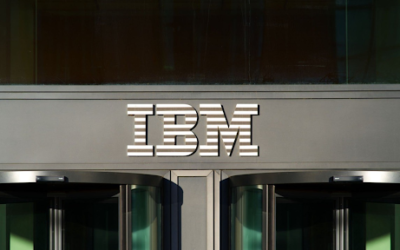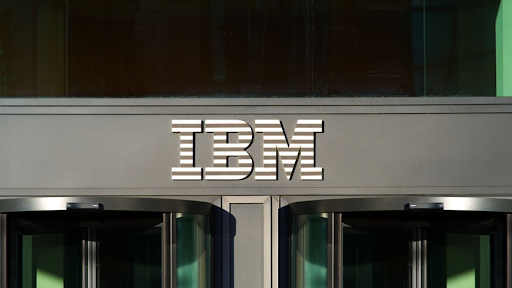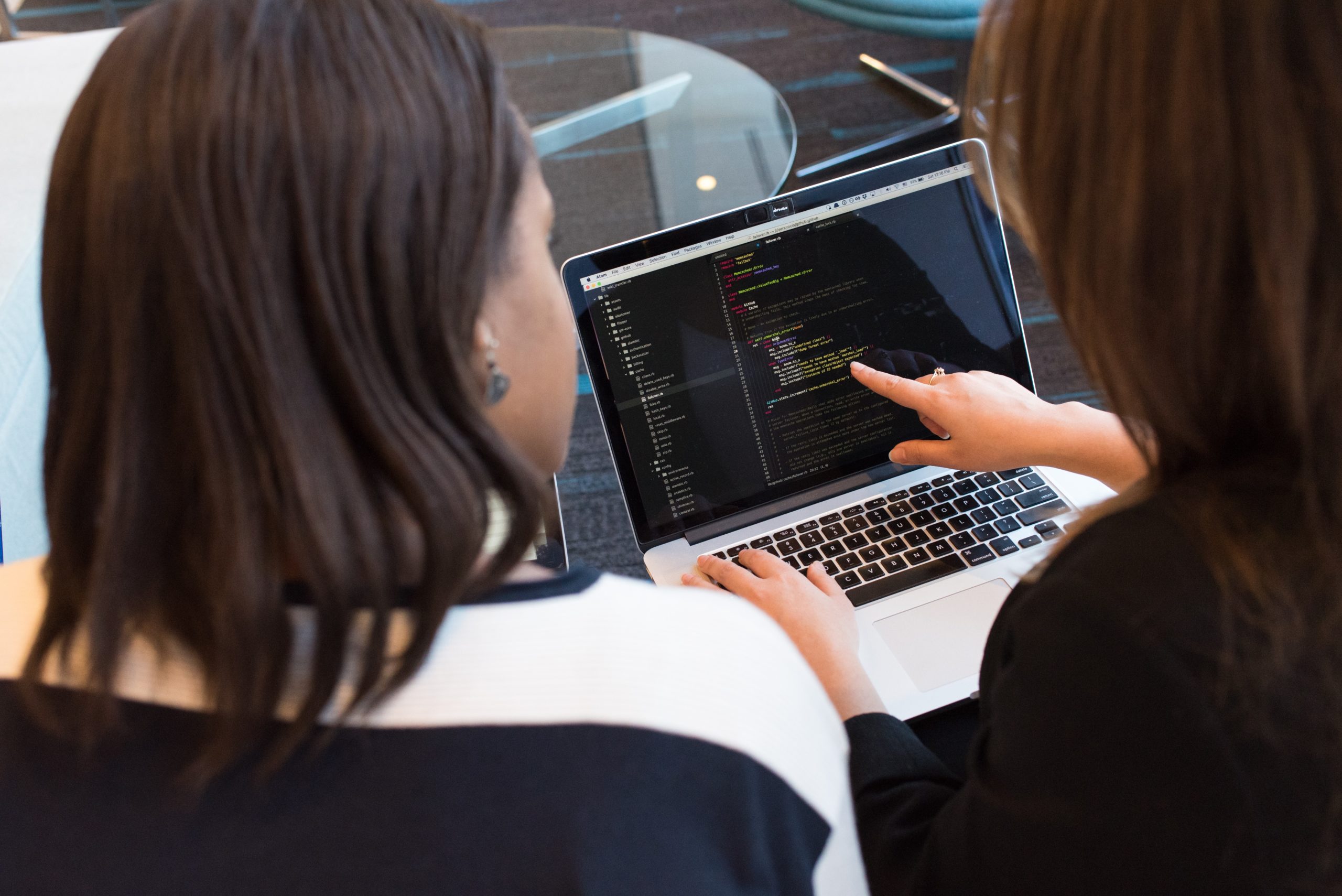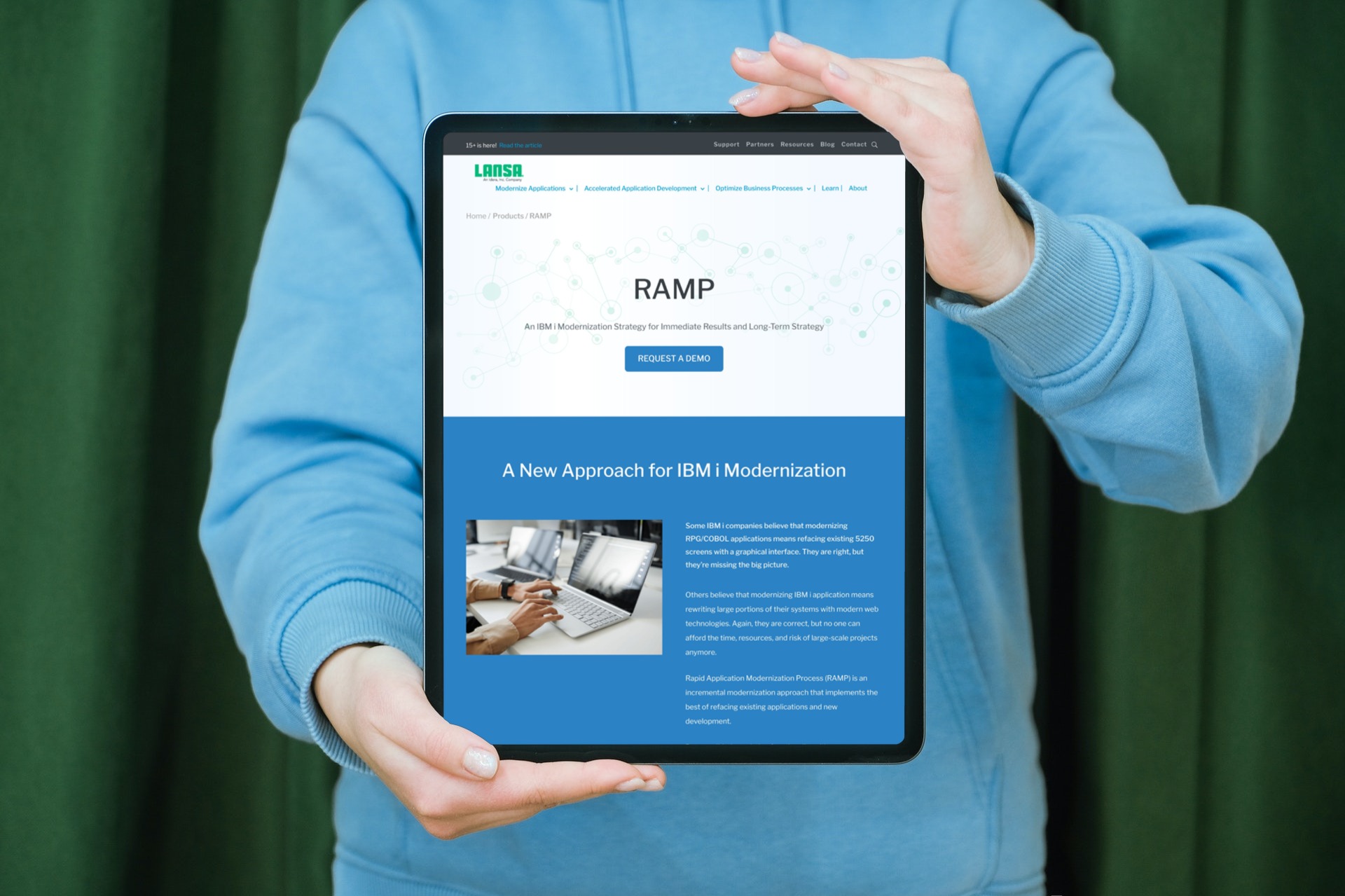Robotic Process Automation (RPA) is changing how enterprises run and manage business processes, much like physical robots are changing the way we live today. Take the vending machine, for example. You don’t see a mystery man hiding behind it, waiting to push the goods towards you. That would be a very tedious process, so it’s automated. RPA is doing the same in the software and business world by helping users automate these repetitive tasks.
Similarly, in the business world today, many organizations rely on IBM i to run their core, mission-critical business applications, and rightly so. Although this technology dates back many decades, it continues to be a robust and reliable operating environment. Its rock-solid architecture, 99.9% uptime, transaction speed, and database (DB2) capabilities make it an excellent option for businesses. However, enterprises must continuously innovate and adapt to rapidly changing market conditions to remain competitive in today’s economy. To this end, these companies are seeking IBM i modernization tools to help streamline and automate business processes.
One way to do this is through Robotic Process Automation (RPA). We will discuss IBM i modernization and how you can leverage IBM i modernization tools for RPA.
What is IBM i Modernization?
IBM i modernization ensures that your IBM i applications keep up with modern business demands. Modernization could mean incorporating a graphical user interface or additional functionalities and integrations to make it compatible with modern web-based features. However, at its core, modernization requires a holistic approach to improving your IBM i architecture, infrastructure, and delivery.
For some of our customers, it begins with wanting a modern UI. Moving beyond that, they realize they’re just pinching a very minute portion from a large bowl of the modernization possibilities. Modernization is so much more. You have all this code that you need to leverage and repurpose into a modern system. This new system will display modern UIs and integrate with current and existing solutions to ensure you meet customer needs.
Modernization starts with a strategic approach. You don’t just modernize for the sake of it. You must first identify areas where improvements are needed. It’s about reusing (where applicable) and generating modern solutions as required. This way, you can set up a scalable foundation for current and future requirements.
Learn how IBM suport succeeds in strengthening customer relationships and helps organizations through application modernization.
What is Robotic Process Automation?
RPA is more of “process automation” than “robots”. It involves software that can study or learn human inputs (clicks and keystrokes) on an application’s user interface and incorporate this information to execute defined business processes. We primarily use this technology to handle tedious, repetitive tasks. Let’s consider a hypothetical area of application:
Suppose we have a company with a few disgruntled employees. In addition to more business-centric jobs, these employees have to take data stored in an Excel sheet to fill forms and then file them. This task is quite tedious, as they’d have to go through the Excel sheet, identify the correct data for each form, and type them out manually before filing them. However, with RPA, they can easily automate this process. These tasks are ubiquitous in the healthcare, insurance, and banking industries, and as such, RPA finds wide applications in these sectors.
Robotic Process Automation (RPA) is essential in every organization, especially those with IBM i. RPA allows you to reuse your existing applications in exciting new ways to streamline business processes and reduce human effort. This transformation is possible without changing your original application running on the IBM i. So, when choosing an IBM i modernization tool or an RPA solution to modernize and automate your business processes, you need to ensure it is intelligent and incorporates low-code. A smart software bot (AI or machine learning) is vital for learning and mimicking the business process you want to automate. If you’re going to automate processes, building the automation should be simple. Otherwise, you defeat the goal of automation. Low-code allows you to create anything quite easily.
How IBM i Modernization Tools Support Robotic Process Automation
With the right IBM i modernization tools, for example, LANSA’s RAMP, you can easily automate your business processes with RPA. You can streamline your most inefficient and error-prone processes while leveraging your existing applications to communicate across multiple systems – all without changing a single line of code.
The video below offers details about how the right IBM i modernization tools can support RPA.
Is IBM i Application Modernization Right for Your Organization?
In today’s fast-paced world, not modernizing your IBM i applications will drastically impact your business processes, leaving you on the wrong end of the growth spectrum. This may include slow processing, with long page loads and applications data saved incorrectly. Also, you might find that your overnight backups are failing or not finishing in time for the next day’s workload. You might have application crashes or problems around user or customer feature demands that start exceeding the current application scope. All these are the consequences of legacy applications.
Also, other signs could quickly go unnoticed. You don’t want to be that person waiting for a disaster to happen before you take the necessary measures. Are you ready to modernize and automate your IBM i processes? Contact us now.























